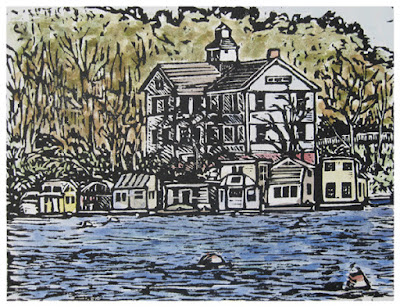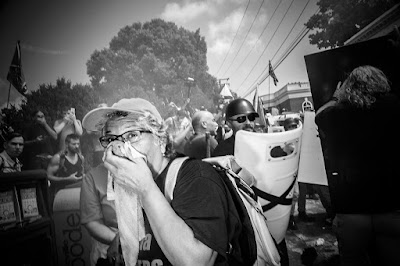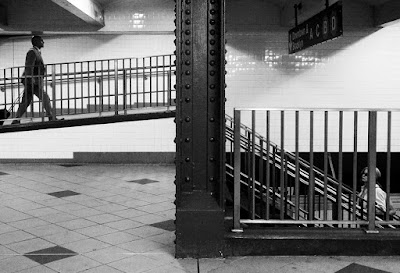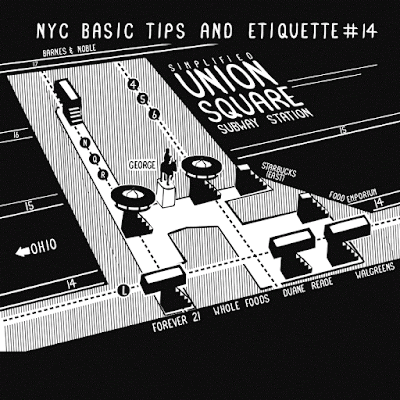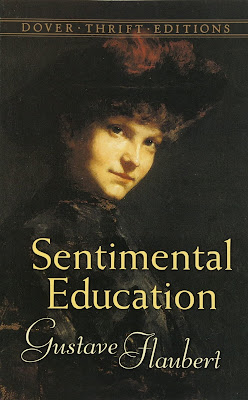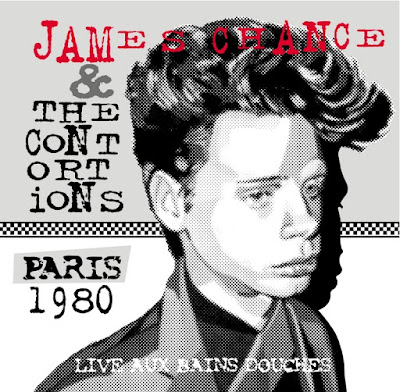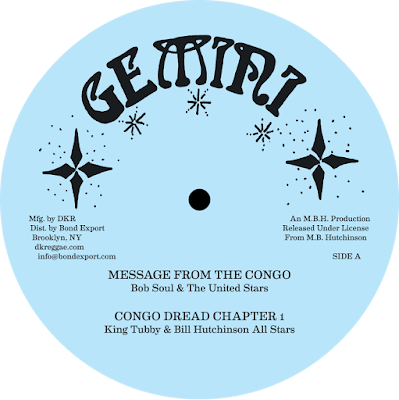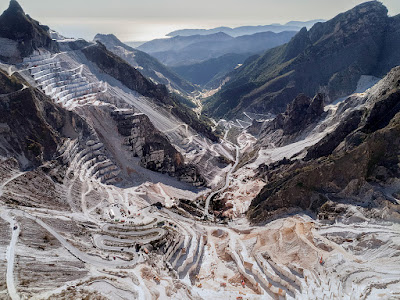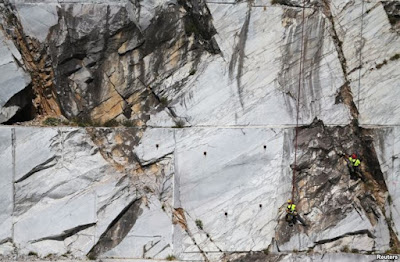
"SoHo’s cast-iron commercial buildings have long been repurposed into expensive lofts and boutiques. But hiding in plain site on the handsome, two-story brick and iron building between Greene Street and Wooster Place are two relics, nods to the neighborhood’s late 19th and 20th century manufacturing past. These metal signs, advertising the services of a lithographer and engraver as well as an office supplies seller, flank the ends of 120-125 Prince Street, actually two separate buildings constructed in 1892-1893 with a common facade. 'Stationery, Office Supplies, Paper, and Twine” states the one on the right. Twine? To wrap packages in an era before masking tape. ..."
Ephemeral New York
W - Pearl Street (Manhattan)
Forgotten NYC: PRINCE STREET


